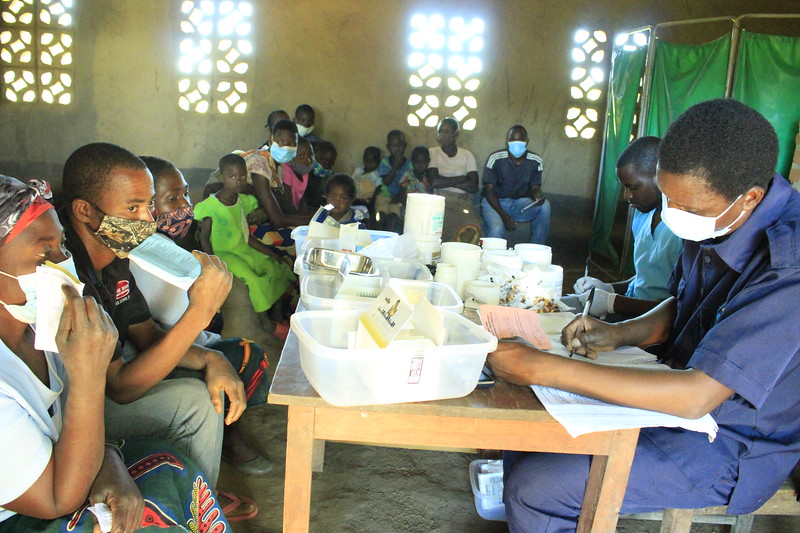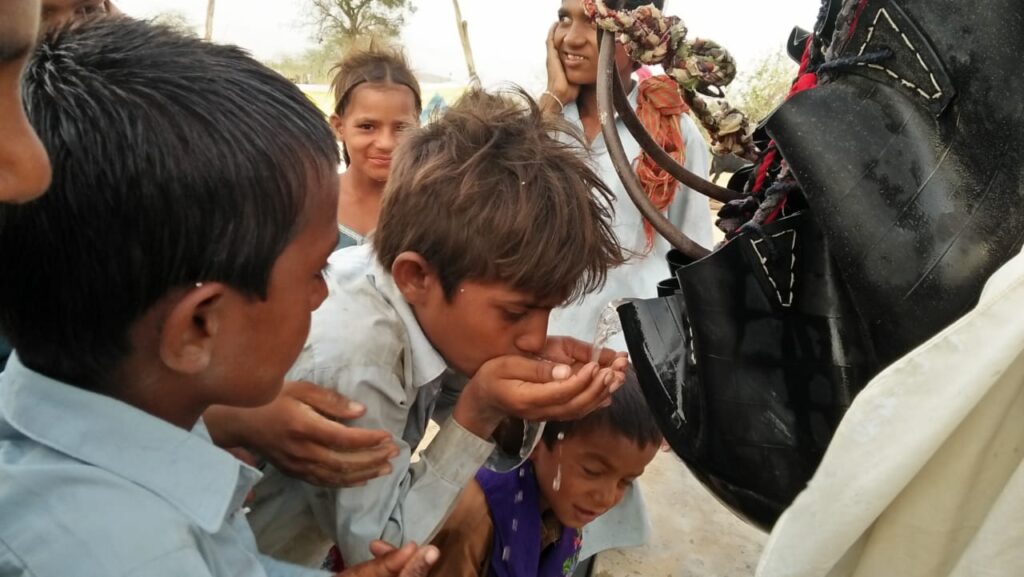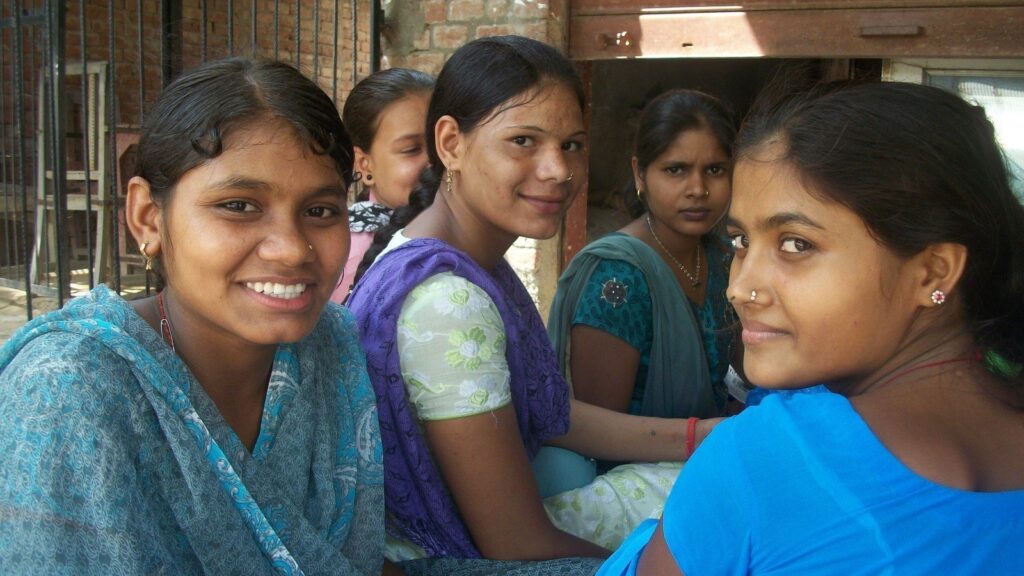How Much Would It Cost To End World Hunger?
Have you ever felt that growl in your tummy and wished for a big, delicious meal?
Millions of people around the world feel that emptiness every single day. When hunger pangs strike, satisfying the physical sensation should be as simple as eating something.
But for hundreds of millions of people, lack of food access makes this sensation of hunger a constant state.
Hunger remains a persistent problem in our world despite significant progress in technology and economic prosperity.
Shockingly, even though the world produces enough food to feed its entire population of 8 billion people, around 828 million people go to bed hungry every day.
This leads to 9 million people dying every year due to hunger-related causes, and sadly, many of these are innocent children under the age of 5.
While it may seem a huge challenge, solving world hunger is not beyond our grasp.
It is a heart-wrenching reality that we must work together to end world hunger.
With concerted efforts and collective action, we can pave the way toward a future where no one goes to bed hungry. But how much would it truly cost to end world hunger?
How much money would it cost to end world hunger?
The shocking reality of the increased hunger burden underscores the urgency of the issue and the imperative for decisive action. Estimating the cost to end world hunger requires a comprehensive understanding of the multifaceted nature of the problem.
It encompasses not only the provision of food aid but also long-term strategies aimed at addressing the root causes of hunger, such as poverty, inequality, and lack of access to education and healthcare.
According to United Nations Food and Agriculture Organization (FAO) estimates, an annual investment of around $267 billion is needed to achieve zero hunger by 2030.
Whereas, according to a study backed by the German government, it would require $330 billion to end world hunger by 2030.
While these may seem like a striking figure, we can’t ignore the fact that the cost of inaction is far greater.
The crisis of hunger can be viewed from two main dimensions.
Firstly, some people are experiencing extreme hunger – a condition where the lack of adequate food endangers their lives and livelihoods.
Many of them have been forced to flee their homes due to conflict, the effects of climate change, and lost income as a result of economic lockdowns during the pandemic.
Secondly, some people suffer from chronic hunger, mostly women farmers who work small plots of land.
These farmers lack access to finance and other support to improve their farming practices and are now increasingly unable to grow enough food due to extreme weather events.
According to Ceres2023, it is estimated that $37 billion is needed every year until 2030 to end world hunger, breaking down into $23 billion for extreme and $14 billion for chronic hunger.
The United Nations World Food Programme feeds over 100 million people facing severe hunger in more than 120 countries and territories every year. In July 2021, the U.N. World Food Programme Executive Director said it would take an estimated $40 billion each year to end world hunger by 2030.
Research groups compiled data from 23 countries and found international donors would need to add another $14 billion a year to their spending on food security and nutrition over the next 10 years; more than twice their current contribution.
Low and middle-income countries would also have to give another $19 billion a year, potentially through taxation.
It’s understandable that this may seem like a lot of money, but when we consider the potential impact of ending world hunger, it’s a small price to pay.
How to solve world hunger?
World hunger is a complex problem that cannot be solved by a single solution.
However, this doesn’t mean that it is impossible to end world hunger.
There are a variety of solutions available to us, both at institutional and individual levels, which when combined, can help us in achieving zero hunger. This comprehensive approach goes beyond simply providing food.
It focuses on long-term solutions like:
- Enhance social protection programs, particularly for the most vulnerable communities.
- Adopt Climate Smart Agriculture practices to mitigate the impact of climate change on farming.
- Promote gender equality and empower women through education, employment, and leadership opportunities.
- Strengthen food systems to ensure adequate and sustainable food supply chains.
- Improve hygiene and sanitation facilities to prevent the spread of diseases.
- Promote disaster risk reduction strategies to reduce the impact of natural disasters on communities.
- Provide support for refugees and ensure their basic needs are met.
- Improve storage systems for food to reduce losses and increase efficiency.
- Implement measures to reduce food waste and improve food utilization.
Ending world hunger isn’t just about charity, it’s an investment in humanity’s future.
Every dollar donated can feed two people a day, a powerful impact for a small amount.
When people are well-nourished, their health improves, creating a ripple effect that strengthens families, communities, and entire nations. Reducing hunger also has economic benefits.
When individuals have access to sufficient and nutritious food, they are better able to participate in the workforce and contribute to economic growth.
This leads to increased productivity and higher incomes, which in turn can help to reduce poverty and inequality.
Final Thoughts
To sum up, even though the expenditure of putting an end to world hunger may seem overwhelming, the possible advantages surpass the monetary investment needed.
Together, we can turn this challenge into one of the world’s greatest success stories.
Ending hunger is possible, and it’s the best investment we can make.
When we reduce hunger, we not only boost economic growth but also uphold the fundamental human right to adequate food.
By investing in measures to end world hunger, we can show empathy towards our fellow human beings and create a more just and equitable society.
Our Aim Foundation seeks to make immediate and lasting improvements to the lives of people affected by poverty, war, and disaster. Your donation will help us bring a family out of poverty and stop the hunger world.
Give food, give life — 100% of your donation goes to help those less fortunate. Donate now.





















